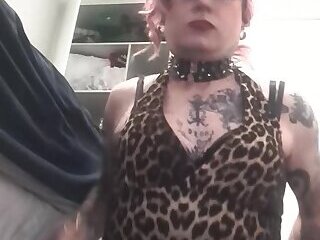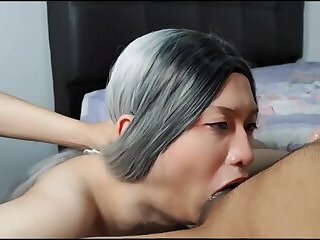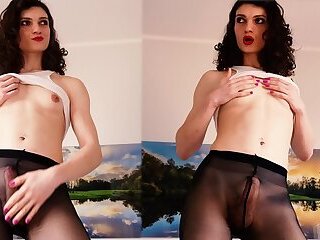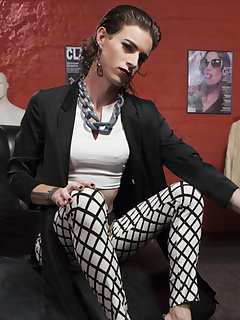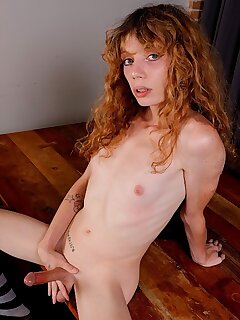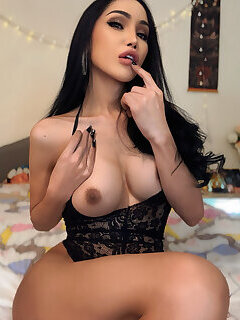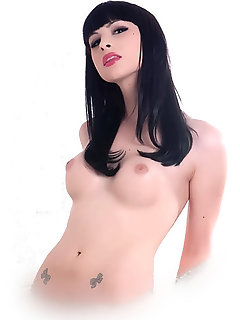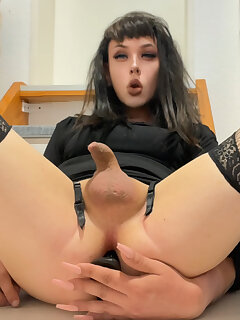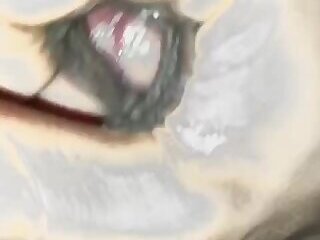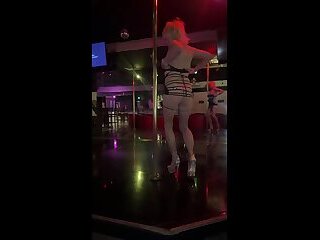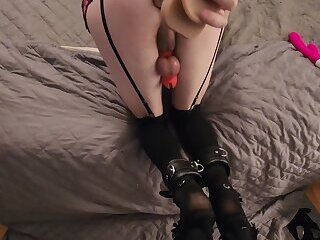Clothing and the Nude
In The Erotic Eye and the Erotic Senses, Stefan Beyst observes that various gestures and poses have been designed to display parts of the body that would remain otherwise unseen. Erotic art is a striptease, he points out, in which, sometimes, nudity is revealed to oneself, as in a mirror. Whereas, at other times, an observer gazes upon the nude. When the nude is also his or her own observer, he or she becomes both the observer and the observed, the voyeur and the exhibitionist.
Clothing allows a person to play hide and seek with an observer, and the removal of various items of clothing enhance the exhibition of more intimate body parts that follows, Beyst suggests for example, the removal of the panties, he says, is "a mere prelude to the full exposure of the nude." Clothing, he maintains, is not "meant to conceal nakedness," but is "intended to cover nudity." Because the more intimate body parts are usually revealed last, if at all, exposing them while keeping the less intimate parts covered can be very erotic, Beyst argues, as "the latter regain their appeal precisely because they are now concealed."
It is also erotic to contrast a fully clothed body with a nude body, he suggests. He contends that "too drastic" a display of the more intimate body parts has "a reverse effect," especially when the genitals are suddenly thrust upon the viewer, a display that, because of its suddenness, is apt to provoke disgust rather than appreciation. Instead, the artist must, as it were, lead up to this ultimate display: "Only when the onlooker has been previously turned on by the sight of more peripheral parts is the eye prepared to enjoy the sight of the genitals."
Contrast, as always, enhances the display of nudity, Beyst asserts, as does the gradual exposure of the body. The wearing of layers of clothing prolongs the moment of revelation, making it more effective and more intense when it finally occurs, especially if the layers differ from one another in color and type of fabric.
Advertisment
- Blonde tranny gets bareback ass fucked
- xxx
- Mexican Crossdress Sexxx
- Asian muscle hunk massages ebony femboy in lingerie Ezra_Kyle25
- DP Creampie queen
- Velma CD fucking
- Ladyboysolo thailadyboy
- Joanie - Valentines Day Full Video
- LR Throating 3 With a Hand/Feet - G025.1
- Everybody Loves Girl Cock in Pantyhose
- Black T-Girls Cumshots Compilation (Part 3)
- Laura Sanez Cumming in your wardrobe
- Soraya batendo e falando putaria
- Ts Zoey Tailor fucks her permanent itch oi in the garage
- Latina Femboy gets plowed down
- Good Stuff
- playing with my white,soft,chubby body
- asian ladyboy ts cd Seoara solo pantyhose dildo masturbation
- Femboy eats big Asian dick
- Shemale Denise Vail shows off her cock in a striptease
Advertisment



